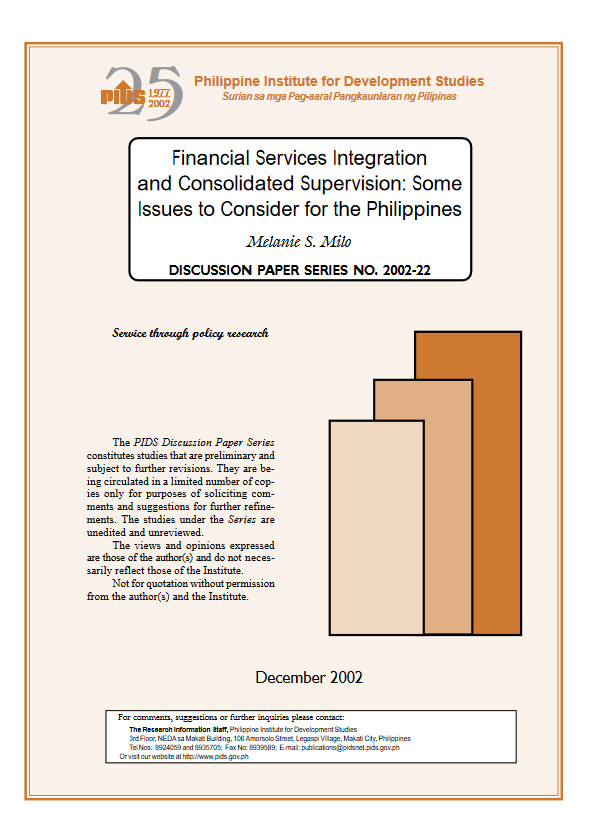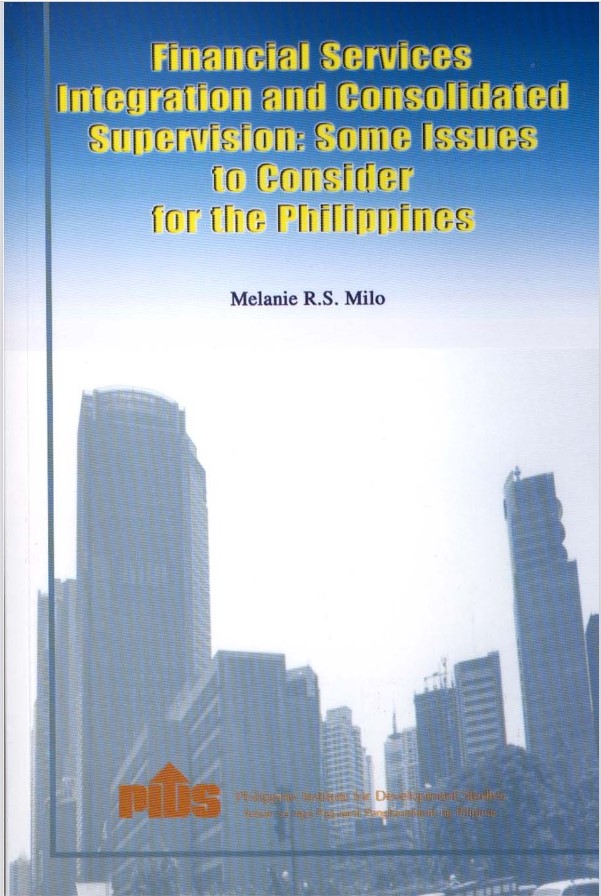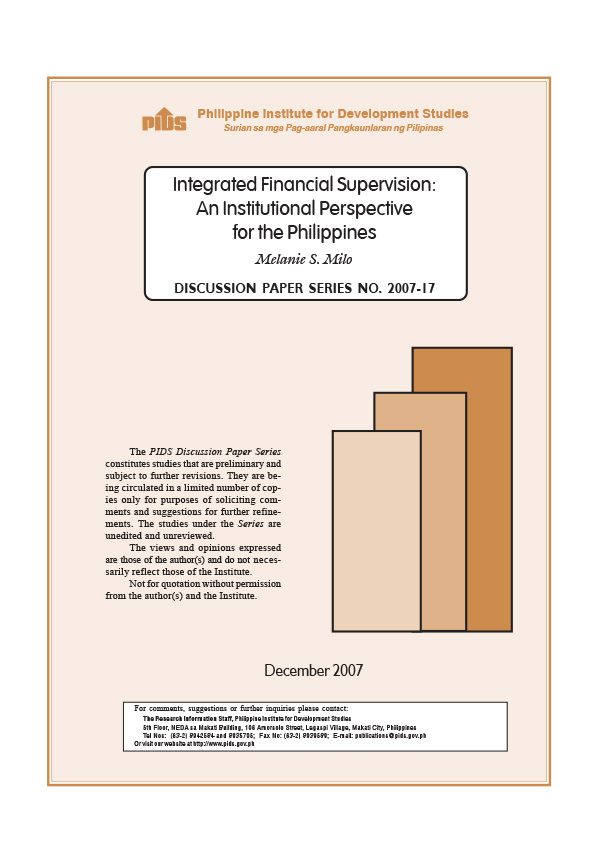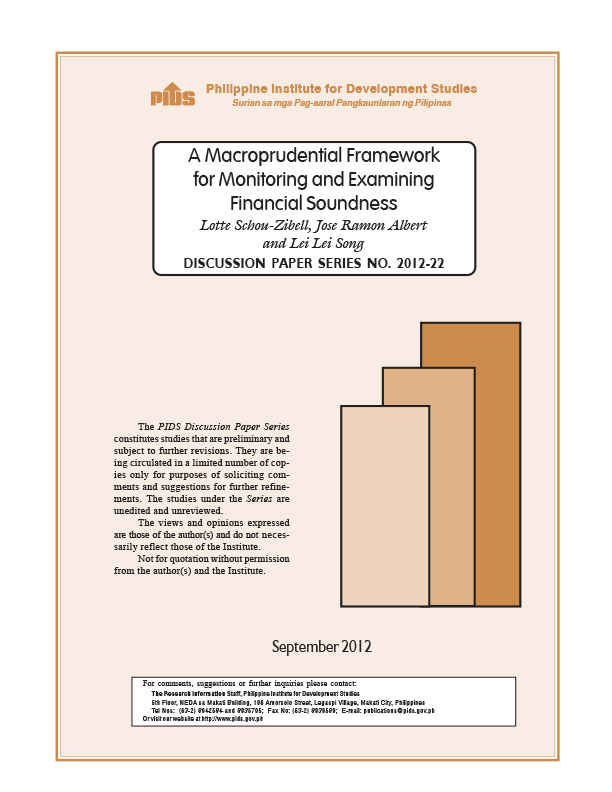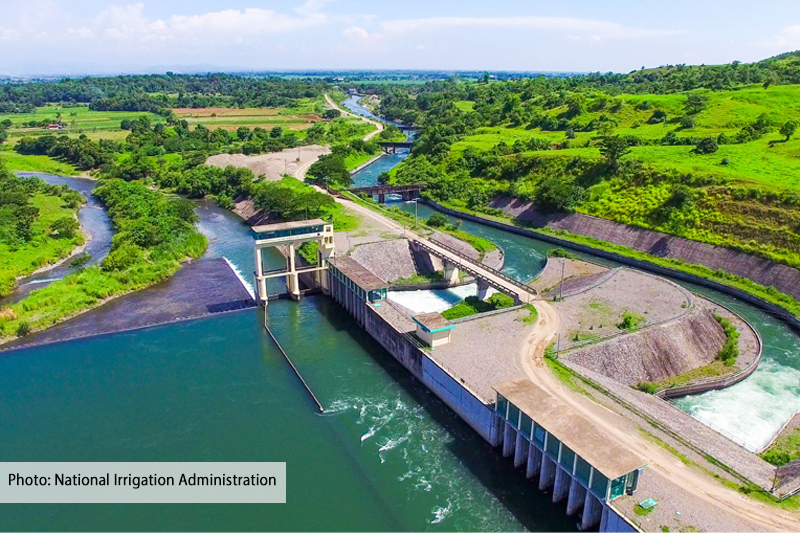This paper examines the trends in Philippine banking regulation in the past 25 years. In particular, it notes that the Philippines has followed a policy of despecialization in the banking sector by widening the range of permissible activities and products of banks to enhance competition and efficiency, beginning with the introduction of universal banking in 1980. However, there has been no corresponding adjustment or change in the regulatory structure until very recently. Expectedly, financial services integration or convergence has affected the effectiveness and efficiency of financial sector regulation. Thus, the paper raises the issue of the proper institutional structure for financial sector regulation. The structural aspects of regulation are presented encompassing the reasons for recent interest in the subject, pros and cons of single versus multiple regulators, the international experience and the developing countries’ perspective. The paper then discusses the issues for consideration for the Philippines.
Citations
This publication has been cited 3 times
- Lamberte, Mario B.. 2002. Central banking in the Philippines: Then, now and the future. Discussion Papers DP 2002-10. Philippine Institute for Development Studies.
- Milo, Melanie S.. 2007. Integrated financial supervision: An institutional perspective for the Philippines. Finance Working Papers 22667. East Asian Bureau of Economic Research.
- Milo, Melanie S.. 2007. Integrated financial supervision: An institutional perspective for the Philippines. Discussion Papers DP 2007-17,. Philippine Institute for Development Studies.

